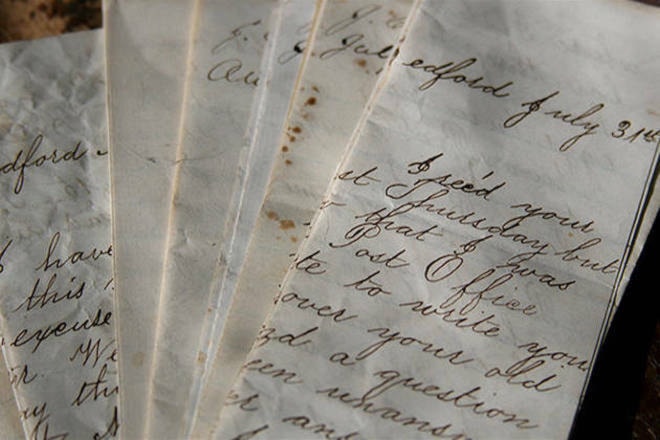Rail service not economically viable
Most of us, like Jack Peake, have this romantic notion of trains running again up and down the Island. This is a nice dream, but that’s all it is. Who is going to pay for it?
The provincial government’s recent South Island Transportation Strategy makes no mention of trains north of Langford. They won’t pay the billions of dollars needed. Their priorities for that kind of money are housing and health care. The province won’t pay.
The federal government had the chance to fund the railway when the Snaw-Naw-As First Nation sued them to get the right-of-way through their reserve reverted to them. The government was given 18 months to come up with funding. They did not. So that stretch of the tracks now belongs to the Snaw-Naw-As to do with as they see fit. The feds won’t pay.
However, both levels of government will pay for a trail. There are hundreds of millions of dollars available to fund active transportation.
Most people don’t realise that the rail line south of Duncan was built for hauling coal and lumber. The tight curves and steep gradient preclude any kind of rapid passenger trains. A train on the current tracks would be lucky to average 50 km/h. It would take huge expense and expropriation of land to re-align the tracks for higher-speed rail.
Until such time as the Island has the kind of population density similar to Europe or the Quebec City to Toronto corridor to make trains economically viable, the best way to preserve the corridor is to convert it to a multi-use trail like the Galloping Goose. The tracks are buckling, the ties are rotting. They will have to be replaced anyway. So why not take them up and make a world-class trail that will serve commuters and tourists?
Lastly, Mr Peake states that if the corridor is not refurbished it will cease to exist. That is simply not true. The Cowichan Valley Trail from Duncan to Lake Cowichan is part of the very same E&N corridor, owned by the ICF. It has been converted into a popular, well-used trail. Unfortunately it ends at Sherman Road because the last portion was sold to developers, and houses built on it along Lane Road. This could happen to other sections of the corridor if it is not preserved as a trail.
Alan Philip
North Cowichan
